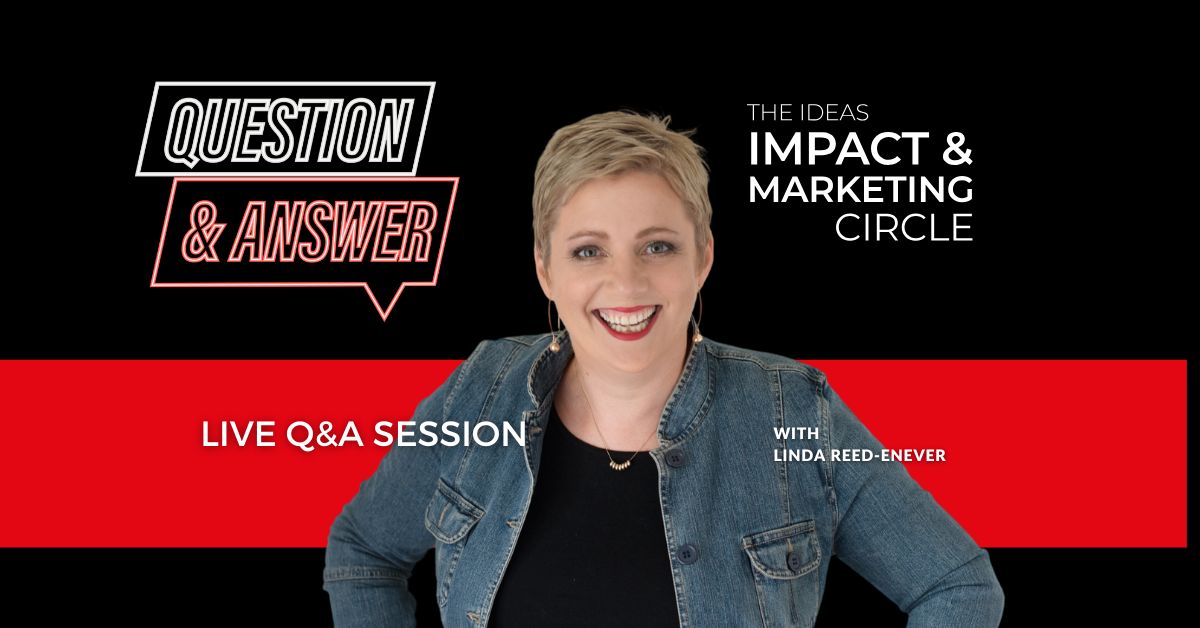As a teacher, coach, or mentor, your role goes beyond imparting knowledge. You’re often a guide, motivator, and trusted confidant. While the rewards of this work are immense, it’s crucial to establish and maintain boundaries with your students. Healthy boundaries not only protect your time and energy but also foster a structured, respectful environment that benefits everyone involved.
Setting boundaries can be challenging, especially when you’re passionate about supporting your students. Here are practical strategies to help you establish clear, respectful boundaries that nurture both your personal well-being and professional integrity.
Communicate Your Availability Clearly
Students benefit from knowing exactly when and how they can contact you, reducing interruptions outside your working hours. Be upfront about your availability for meetings, office hours, or communication via email, online platforms, or scheduled calls.
Consider these examples:
- Responding to emails within specific hours (e.g., “I respond to emails between 9 am and 5 pm on weekdays”).
- Establishing office hours for one-on-one discussions.
- Setting expectations for response times (e.g., “Please allow up to 48 hours for a response”).
This approach is both professional and respectful, allowing you to focus on other priorities while providing students with clarity.
Define Boundaries for Social Media and Personal Contact
In today’s digital age, social media can blur the lines between personal and professional interactions. While connecting on social media may feel natural, it’s important to set clear boundaries around what you share and how you engage with students on these platforms.
Suggestions for maintaining boundaries:
- Avoid accepting personal friend requests or engaging in direct messaging with students.
- Direct students to a professional page or group for educational content.
- Communicate your preferences regarding digital engagement early on.
Boundaries around social media help protect your privacy and keep the relationship focused on the student’s learning journey.
Set Expectations for Workload and Support
While offering support is vital, it’s equally important to maintain focus on students’ academic or professional development. Set boundaries around the type and level of support you can provide, and refer students to additional resources when needed.
Strategies to manage workload expectations:
- Clarify that your support is limited to academic or course-related questions, not personal advice.
- Guide students to external resources for topics beyond your expertise.
- Encourage independent learning by sharing tools and strategies.
By setting these expectations early, you empower students to take ownership of their learning while avoiding overwhelming yourself.
Stick to Your Schedule
It can be tempting to accommodate every student’s request, but overextending yourself may lead to burnout. Maintain your schedule by avoiding last-minute changes or meetings outside your regular hours.
Ways to uphold your schedule:
- Set clear deadlines for assignments and feedback.
- Resist accepting last-minute meeting requests outside your availability.
- Encourage students to prepare for meetings by submitting questions or topics in advance.
Consistently following your schedule demonstrates respect for your time and sets a standard for students to value theirs as well.
Create a Safe, Respectful Learning Space
Boundaries also apply within the classroom or learning environment. Cultivating a safe and structured space where mutual respect is upheld encourages productive interactions and a positive atmosphere.
Tips for fostering respect in the learning space:
- Define classroom rules and standards for communication (e.g., active listening, respectful participation).
- Encourage students to express concerns constructively.
- Set clear limits on acceptable behaviour and address disruptions promptly.
These boundaries allow students to engage meaningfully while contributing to a respectful and supportive environment.
Practise Self-Care and Model Healthy Boundaries
One of the most effective ways to teach boundaries is by modelling them yourself. Show students that you prioritise self-care and balance, and share how you manage your workload. This not only sets an example but also empowers students to create their own boundaries.
Examples of self-care in practice:
- Take regular breaks and highlight the importance of rest.
- Keep work and personal life separate, and be transparent about your need for downtime.
- Encourage students to find balance in their own routines.
By prioritising your well-being, you inspire students to view self-care as essential to success and growth.
The Takeaway: Boundaries Are a Gift for You and Your Students
Setting boundaries isn’t about creating distance; it’s about fostering a respectful, productive environment where everyone thrives. By clearly communicating your availability, managing expectations, and practising self-care, you protect your energy and effectiveness as an educator.
Remember, boundaries are not barriers, they’re the framework for a sustainable, respectful relationship with your students. By honouring these boundaries, you create space to teach effectively and inspire students to reach their full potential.
Want some help Creating Impact?
We work with you to understand the needs of our your clients and business to deliver your message with impact.
From one-off campaigns to our virtual Marketing Team our Impact Team is your partner for achieving success in your business.
We can even help you come up with ideas with our ideas powerhouse Linda Reed-Enever.









